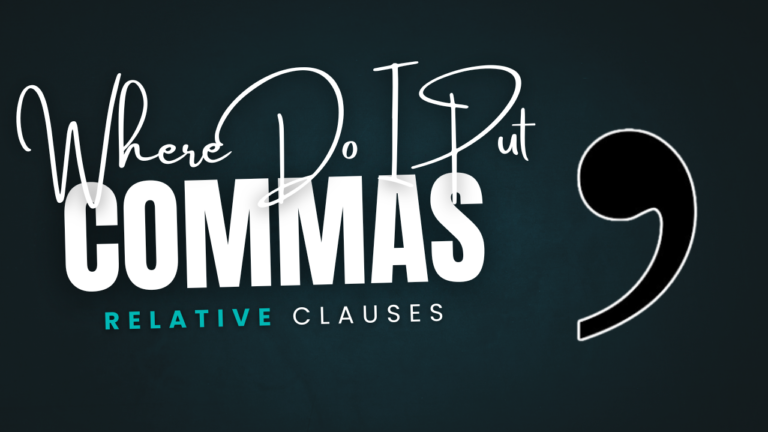Try the question and read the different Band 7 sample essays!
Question: Interviews form the basic selecting criteria for most large companies. However, some people think that the interview is not a reliable method of choosing whom to employ. To what extent do you agree or disagree?
Band 7 Sample 1:
In today’s world, interviews are still one of the main ways to choose new employees, although some modern methods are also becoming popular. I believe that interviews are usually a reliable and effective way to select candidates, even though they have a few limits in some situations.
One main reason interviews are useful is that they help employers understand a person in more depth. By talking face to face or online, interviewers can ask about a candidate’s experience and skills, and also learn about their personality. These qualities are very important for teamwork and communication. For example, in sales jobs, companies often look for people who are confident and outgoing, and these traits are easy to notice during an interview. Therefore, when interviews are well planned, they give a good overall picture of whether someone is suitable for a position.
However, interviews are not always perfect. Many companies use the same fixed questions, so they might miss some of the candidate’s real abilities. This is especially true in jobs that need technical or creative skills, where practical work shows more than talking. For example, a programmer’s real talent can be seen better through coding tests or a portfolio rather than only in an interview. In these cases, using extra assessments can give a fairer and more complete view of a person’s skills.
In conclusion, interviews are still one of the best ways to understand a candidate’s character and general suitability. Yet combining them with other tests or demonstrations can make the hiring process more accurate and fair.
Band 7 Sample 2:
Interviews are one of the most common ways companies choose new employees. Some people think they are not a reliable method of selection, but I disagree. I believe interviews are usually a good way to find the right person for a job, although they have some limits.
When done properly, interviews can help employers identify a suitable candidate. By asking questions about a person’s experience, opinions, and reactions to certain situations, the interviewer can learn how they think and behave. For example, if a teacher is asked how they would teach different age groups or difficult subjects, their answers can show their teaching style, attitude, and communication skills. In this way, interviews give a clear picture of both a person’s ability and character, which are both important for the job.
However, interviews cannot always show everything about a candidate. Some jobs require people to demonstrate their skills in practice. For instance, athletes or builders must show how they perform their tasks, because watching them work reveals their real abilities and attitude. In addition, interviewers themselves can make mistakes. Human resources staff might be tired, unmotivated, or simply not pay enough attention, which means they could miss important qualities in a candidate.
In conclusion, although interviews are not perfect and do not show every skill, they are still one of the best ways to select employees. Using interviews together with other assessments, such as practical tests, can make the hiring process fairer and more effective.
Band 7 Sample 3:
In today’s world, interviews are the most common method used by companies to choose new employees. I believe that interviews are a reliable and effective way to select the best candidates because they allow employers to understand both the skills and personalities of applicants.
The first reason interviews are effective is that they help employers learn about a person’s background and experience in detail. Through direct conversation, interviewers can ask specific questions about the applicant’s previous jobs, responsibilities, and achievements. This makes it easier to see whether the person has the right knowledge for the position. For example, a manager can ask a teacher about how they plan lessons or deal with difficult students. The answers can show how prepared and professional the candidate is.
Another advantage is that interviews reveal qualities that cannot be seen on a résumé. Personality, confidence, and communication skills are often just as important as technical ability. When meeting someone face to face, interviewers can observe body language, attitude, and how the person reacts under pressure. For instance, in customer service or sales roles, a friendly and confident manner is essential, and these traits can be clearly noticed during an interview.
In conclusion, interviews are the most effective way to select employees because they give a complete picture of a person’s experience, personality, and communication skills. When interviews are done properly, they help companies choose candidates who will work well and fit naturally into the team.
Band 7 Sample 4:
In many companies today, interviews are the main method used to choose new employees. However, I believe that interviews are not always a reliable way to select the best candidates, because they do not show real skills and can be affected by bias or human error.
One reason interviews are unreliable is that they often focus only on what people say rather than what they can actually do. Some candidates are confident speakers but may not perform well once hired. For example, a builder or an athlete cannot prove their real ability just by talking about it. Watching how they work or perform in practice gives a much clearer picture of their true skills. Therefore, relying only on interviews may lead employers to choose someone who talks well but cannot deliver results.
Another problem is that interviewers themselves can make mistakes. Human resources staff may be tired, distracted, or simply not interested in the process. As a result, they might miss important details or judge candidates unfairly. In some cases, interviewers may even prefer people who are similar to themselves, which can lead to biased or poor hiring decisions.
In conclusion, interviews are not always a dependable way to find the right employee. Since they cannot fully show a person’s practical ability and are influenced by human error, companies should use other methods such as skills tests or work trials to make fairer and more accurate hiring decisions.







